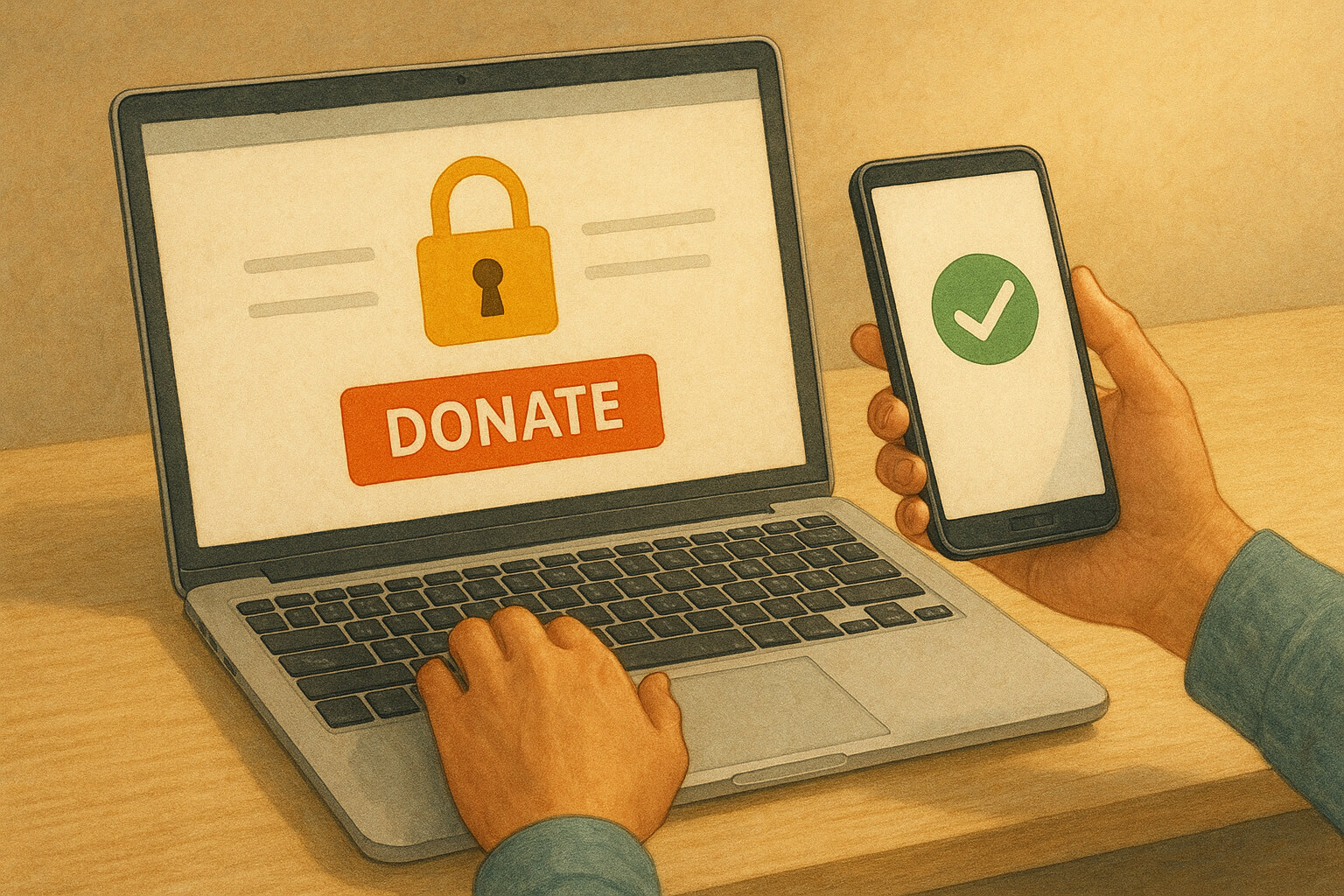September 01, 2025

Charitable giving is one of the most powerful ways individuals can shape a better world. Whether through financial donations, volunteering, or community engagement, giving back has the potential to uplift lives, spark systemic change, and foster deeper human connection.
For those just beginning their journey into philanthropy, it can be overwhelming to know where to start. But with the right mindset and knowledge, charitable giving becomes more than just a transaction—it becomes a fulfilling expression of purpose.
At its core, charitable giving addresses a simple but urgent equation: some people have resources, and others have unmet needs. The bridge between those two realities is built through generosity.
Nonprofits, grassroots initiatives, humanitarian organizations, and local charities depend on contributions from individuals to sustain their work. These efforts support a broad spectrum of needs, such as:
Giving also fills critical gaps where government services may fall short or where private enterprise sees no profit.
To see how nonprofits contribute to global well-being, read The Role of Non-Profits in Public Health Initiatives.
In short, when you give, you're not just supporting a cause—you’re becoming part of the solution to some of the world’s most pressing problems.
There’s no single “right way” to give. Everyone’s capacity and interests differ. Here are the most common and impactful ways to get involved:
Choosing where to give is just as important as the act of giving itself. With thousands of charities out there, it’s important to ensure your contribution will be used ethically and effectively.
If child development or education matters to you, explore how proper nutrition influences academic outcomes in The Impact of Nutrition on Student Learning.
While charitable giving directly benefits others, it also has profound effects on the giver. Studies show that acts of kindness, including charitable donations, are linked to:
Communities also benefit from a culture of giving. Neighborhoods with high volunteerism and philanthropy often experience stronger civic engagement, lower crime, and better public health outcomes.
Read about how community-focused action leads to transformation in From Pollution to Progress: Inspiring Stories of Environmental Hope.
New to giving? You don’t have to wait until you have “enough”—you can start making a difference today. Here’s how:
Charitable giving is not just a financial decision—it’s a reflection of our values, our empathy, and our hope for a better world. Whether you give money, time, goods, or skills, you’re taking part in a movement that uplifts people, strengthens communities, and fosters meaningful change.
The beauty of giving is that you don’t need to be wealthy or powerful to make an impact. You simply need to care—and to act.
Curious about how giving intersects with global sustainability? Read The Role of Renewable Energy in a Sustainable Future for an inspiring perspective.
Explore these related articles for deeper insight into charitable impact:
Stay up to date with the latest tips, expert insights, product reviews, and step-by-step guides to help you grow, create, and succeed—no matter your industry or passion.